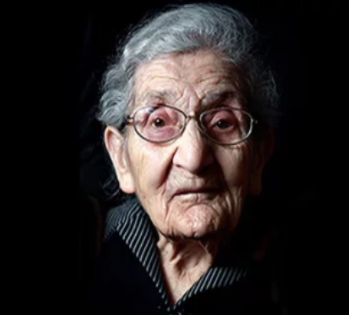A Look Back
Basic facts about the Holocaust
- The Holocaust refers to the persecution and murder of six million European Jews by the Nazis during World War II.
- It began in 1933 with the anti-Jewish laws enacted by the Nazis in Germany and continued as Germany invaded other European countries and the Soviet Union.
- For most of us, this seems so long ago, something that was learned in history class.
- The Holocaust was very real and horrific; inflicting the worst kind of trauma.
- Many of the frail, elderly survivors are still alive today living throughout the world.
Who are the Holocaust Survivors?

Anyone who had at least one Jewish grandparent and lived under the Third Reich or German Occupation from 1933 – 1945. Holocaust survivors come from all over Europe and the former Soviet Union. This includes:
- People imprisoned in concentration camps
- People living in ghettos
- People who escaped to other countries
- People who lived under false identities
- Adults and Children who lived in hiding
- Emigres from the former Soviet Union
Holocaust Survivors
- More than 80,000 Holocaust survivors currently live in the United States.
- Today these survivors are more than 75 years of age, with the majority of the current survivor population having been children under 13 when Germany invaded.
- Half of the survivors live in the NY Metro Area and the others are concentrated in Miami , LA, Chicago and other large cities. More than 30% of them live below the poverty level.
- Holocaust survivors experienced horrific trauma, both physically and psychogically.
- Some elderly survivors will not speak of their experiences, while others think it is important to share their stories.

Why is understanding the Holocaust experience important?

- The aging process of Holocaust survivors is different from other elderly persons because of the trauma they experienced.
- Survivors of trauma can be easily retraumatized by everyday activities, especially when accessing healthcare services.
- Routine visits with doctors and dentists can become triggers that evoke past memories of persecution
- Few medical and dental professionals have training in treating Holocaust survivors, nor do they understand the possibility of re-traumatization.
